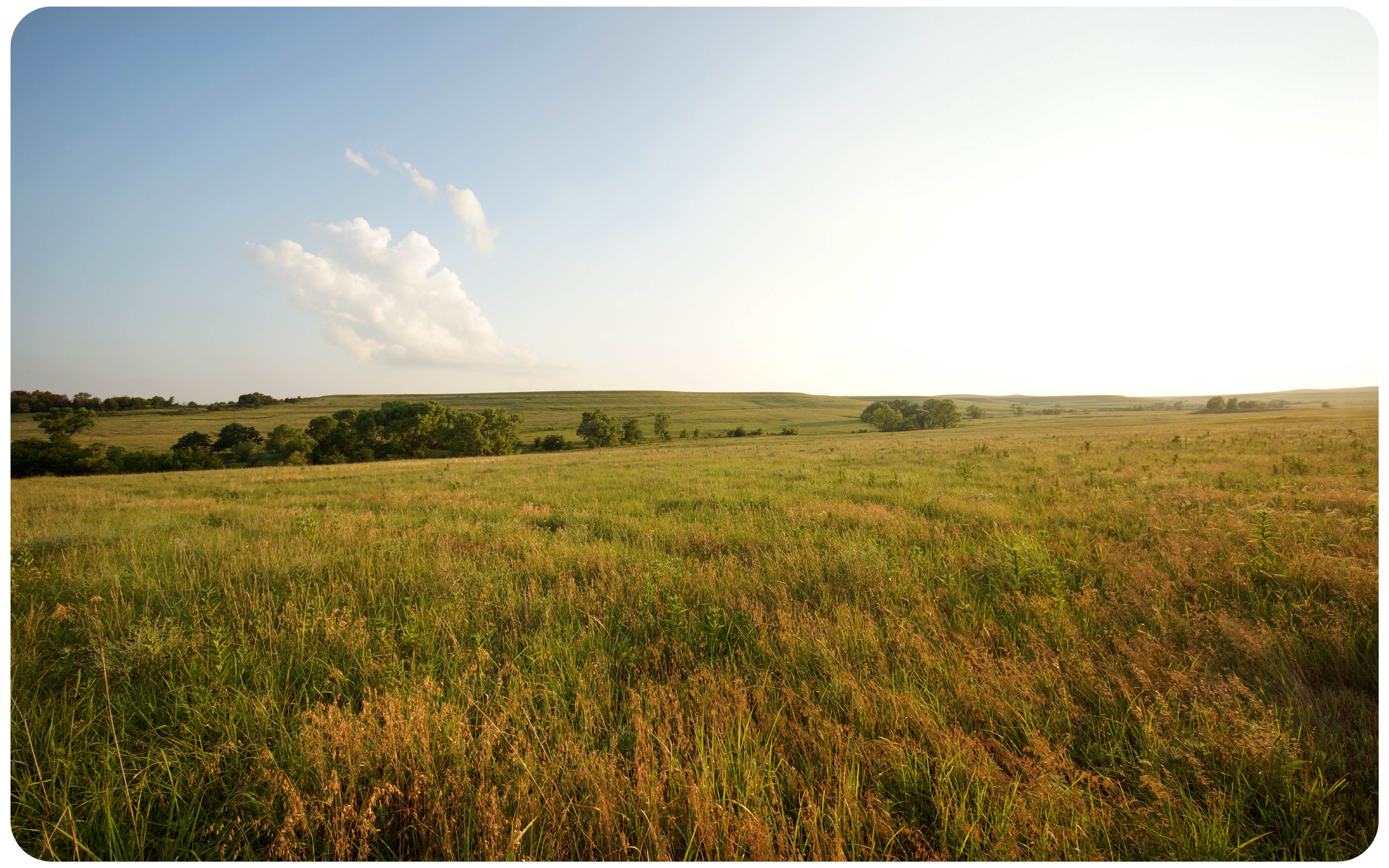When spring is already underway, it’s easy to second-guess your timing. Is it too late to plant native seed in the Southwest? The answer isn’t one-size-fits-all. But here’s the good news—in many cases, you’ve still got time.
Let’s explore how native seed works with the Southwest’s unique climate, what to plant when you're working with a shorter window, and how to make smart choices for your soil and goals.
Timing Matters, but so Does the Seed You Choose
In most of the Southwest, the sweet spot for planting native grasses is between late May and mid-July.
Why this window? It mostly comes down to soil temperature, moisture, and seasonal rainfall. Native seeds, especially grasses and wildflowers, need the right conditions to germinate. But if you’re past the “ideal” moment on the calendar, don’t throw in the trowel just yet!
What if You're Planting Late?
If you're reading this mid-May or early June, don't worry. In many parts of the Southwest, you’re still within range for a successful spring planting—especially if you focus on drought-tolerant, warm-season species built for heat.
If you're edging toward summer, here are a few ways to work with the season instead of against it:
Trusted, Drought-Tolerant Native Seed
If you’ve missed the spring window—or you’re planting into hotter, drier conditions—drought-tolerant native seed can be your best friend.
These species are tough. They’re designed to thrive in arid environments and can handle heat, wind, and inconsistent rainfall. Some are even great for dormant planting later in the year.

Homesteader's Choice - Native Grass Mixture |

Pioneer's Pride - Native Grass Mixture |

Land of Enchantment Mountain Blend |
Partner with the Experts
If you’ve missed the spring window—or you’re planting into hotter, drier conditions—drought-tolerant native seed can be your best friend.
These species are tough. They’re designed to thrive in arid environments and can handle heat, wind, and inconsistent rainfall. Some are even great for dormant planting later in the year.



